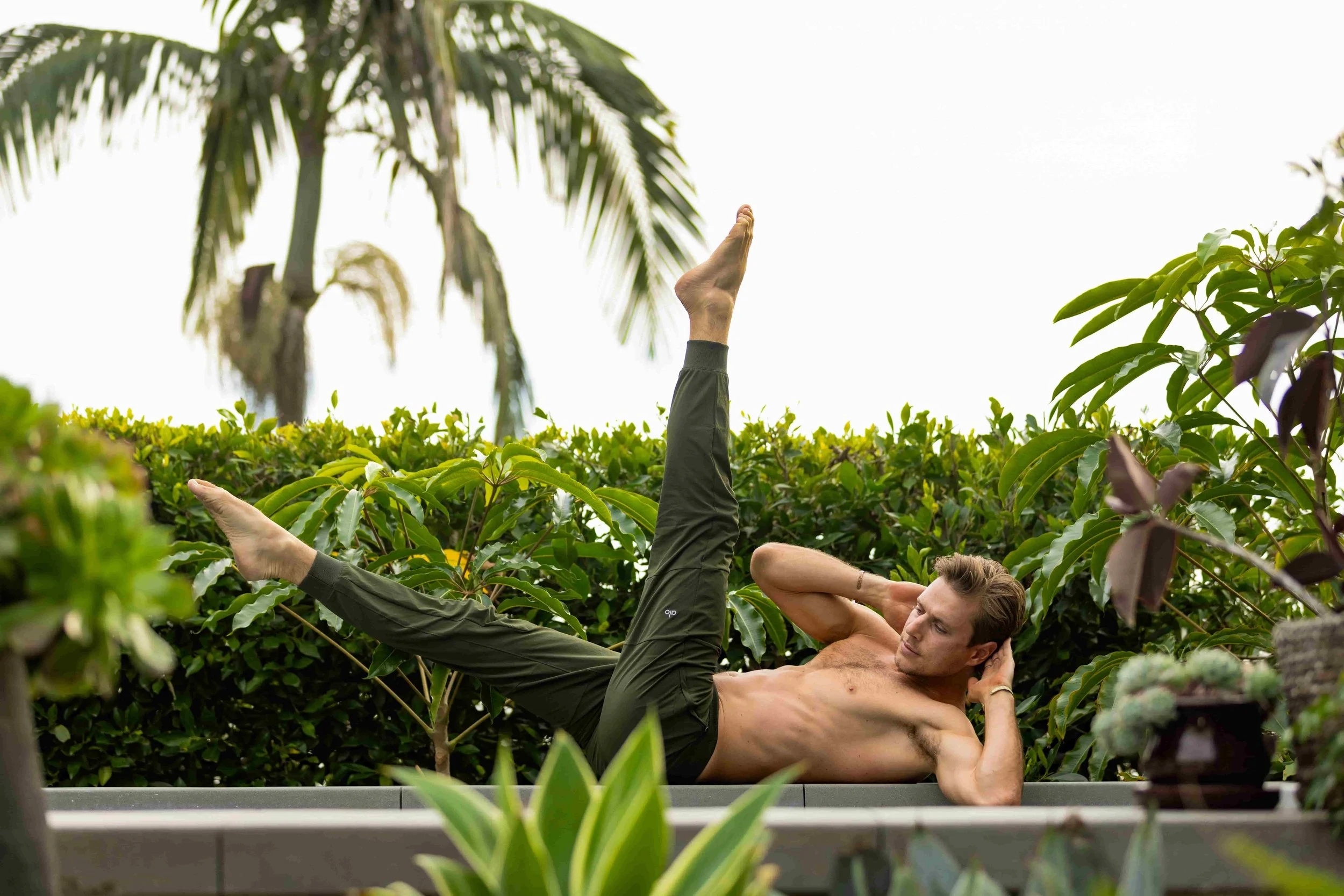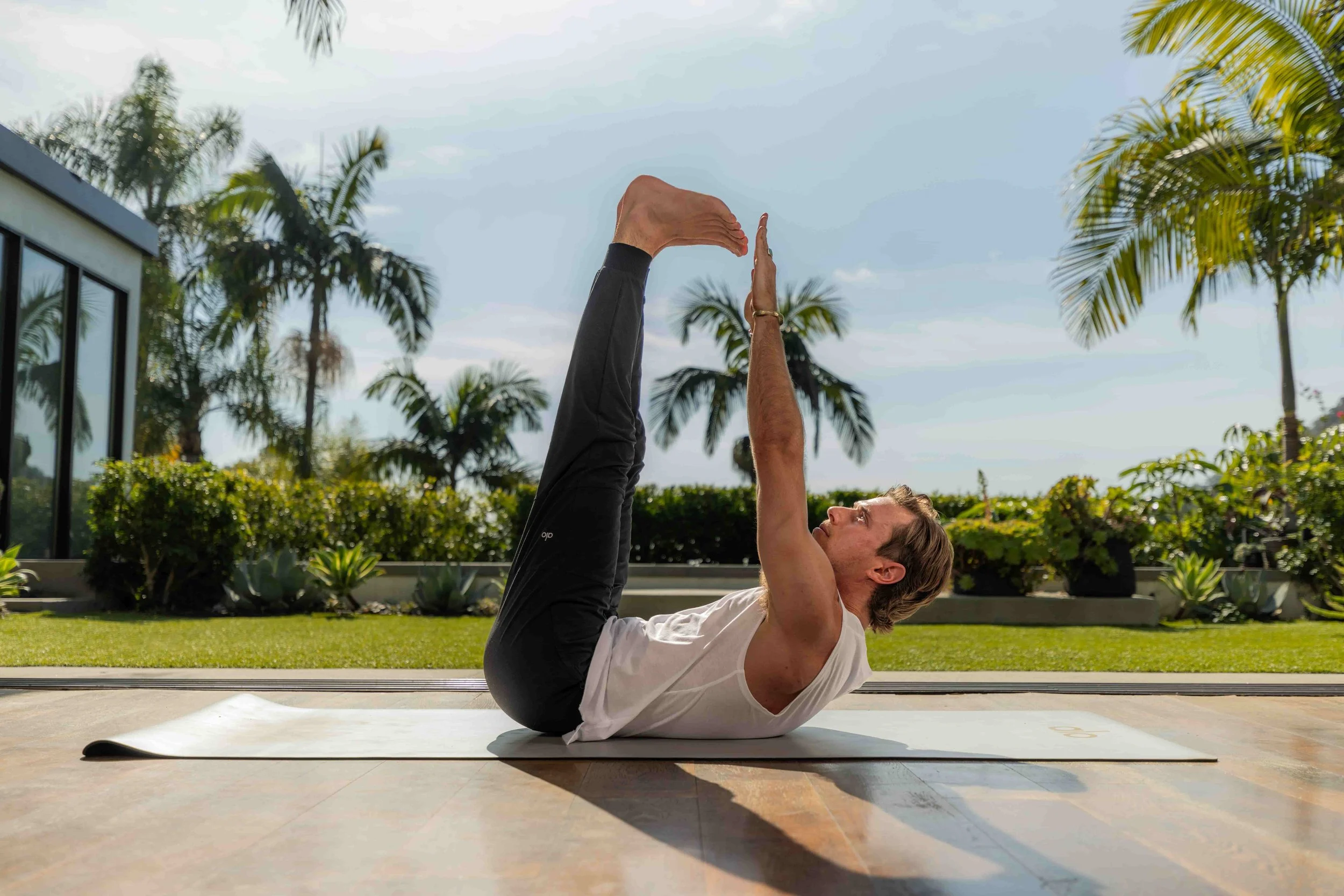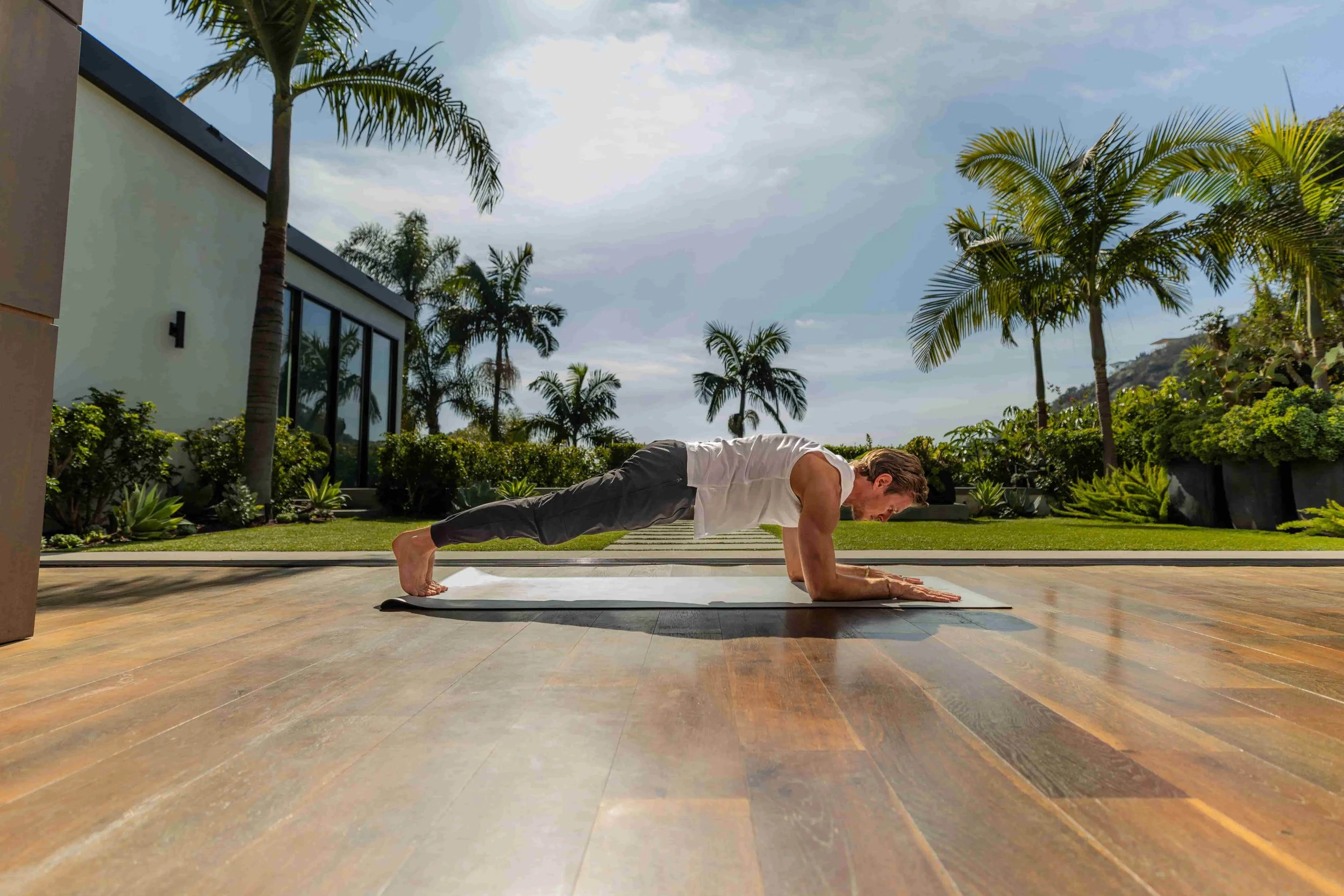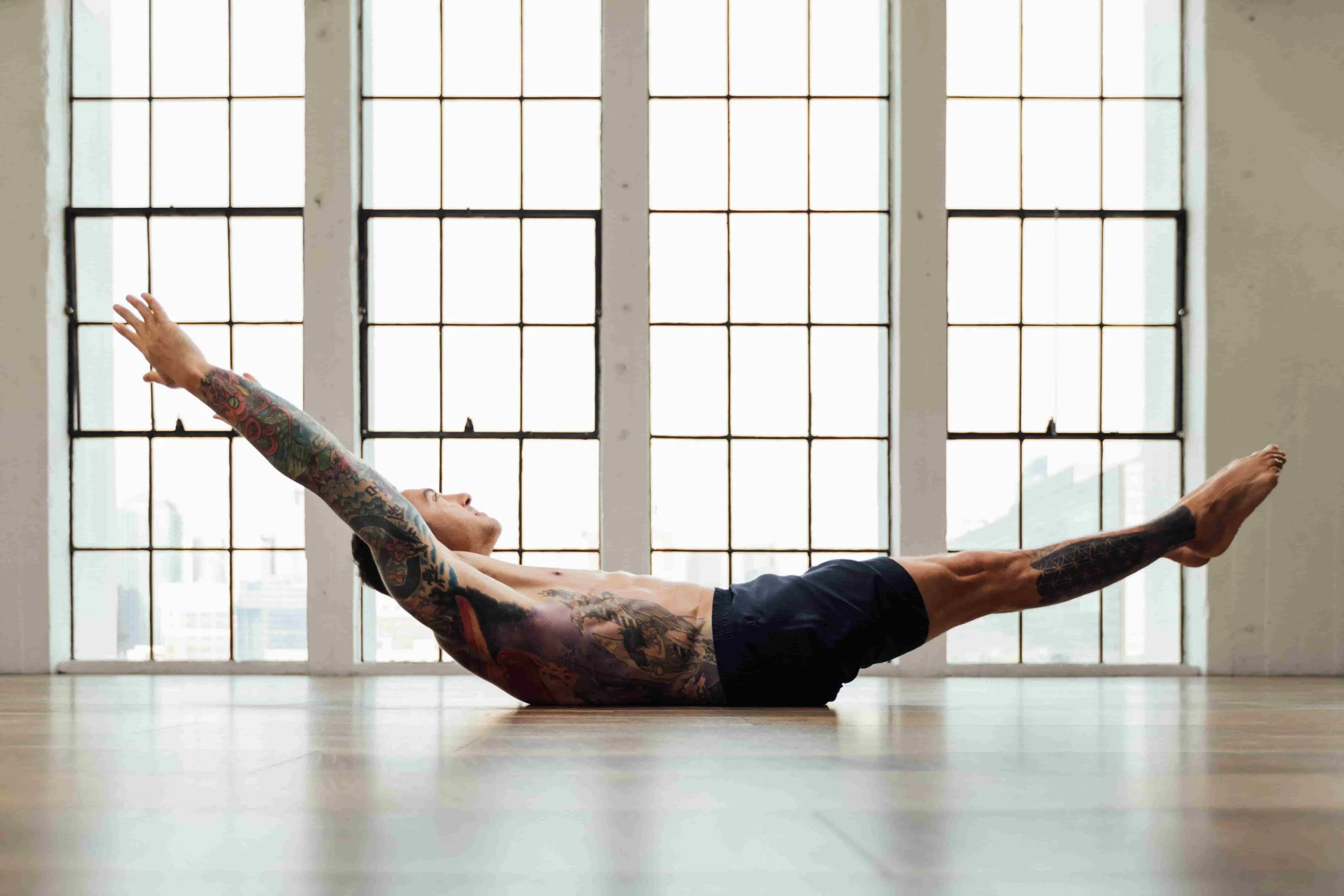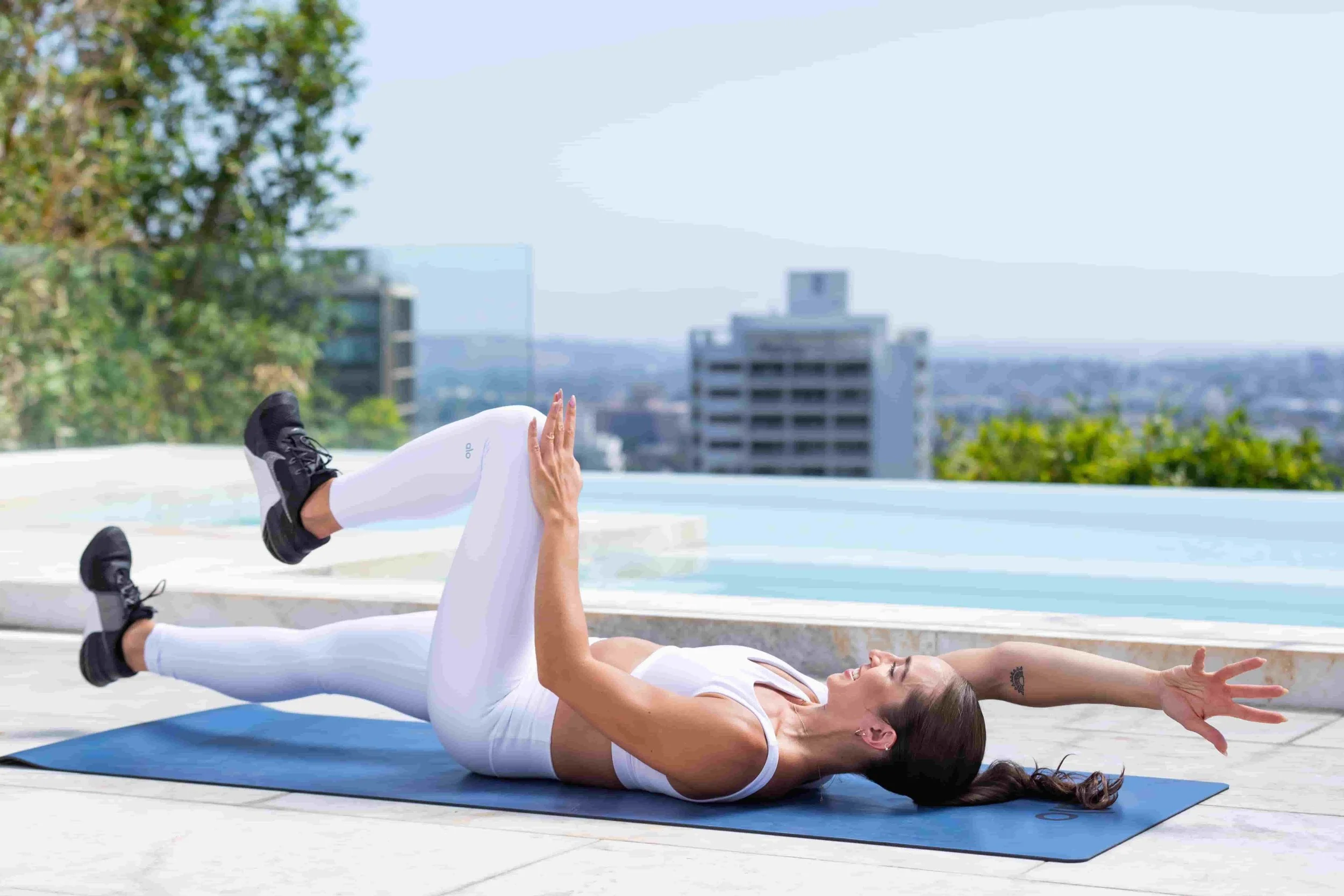Try These 8 Deep Core Exercises to Improve Your Strength
You might have heard the phrase “deep core” whether you were getting fitspo on your IG Reels (guilty) or while training at your gym, but what exactly is it? We tapped Alo Moves yoga instructor Josh Kramer to explain and give you all the insights into why this muscle group is vital to train. (If you’re experiencing lower back pain, you should be particularly interested in this muscle group, just saying.)
Keep reading about the deep core below, and if you want even more ab workouts, try his Limitless Core classes with a 2-week free trial on Alo Moves.
What is your deep core?
There are superficial core muscles (like a six-pack), and then there are muscles below them that are even closer to your midsection and wrap around your spine. “Traditionally in workout settings, people favor working out the outer ‘glamor’ muscles,” says Kramer. “The issue with this approach is it often neglects the other muscle groups which serve important functions when it comes to moving efficiently, protecting your spine from injury, and helping with various everyday movements.” This is where the deep core comes in, and the muscles below are the main players.
Transverse abdominis: the deepest of your core muscles, helps stabilize your trunk and contains your organs
Pelvic floor: a group of muscles and ligaments located between the tailbone and pubic bone that support your bladder, uterus, small intestine, and bowel
Multifidus: a long, thick muscle on your back running the length of your spine to add stability
Diaphragm: a dome-shaped breathing muscle that separates your chest from your abdomen
Kramer says that each muscle group serves its own individual role, or it supports other muscles to do their jobs. “It is a complex inter-web of muscles working together as a family.” When you think of it this way, the deep core muscles are connected to and support the “outer” core muscles like the rectus abdominus (six pack), abdominal obliques (the muscles on the peripheral sides of the abs), and the serratus anterior (the fan shaped muscles on the side ribs just below the pectorals). The back body muscles are also part of your core as they support movements like forward bending, back bending, rotating, and side bending.
If this all sounds overwhelming, Kramer’s personal approach is to simplify. He recommends you visualize your entire midsection when training and keep in mind that your goal is to keep your trunk stable and strong when you move in various ways.
What exercises activate your deep core?
“Rather than only considering deep versus shallow core exercises, think of how various core exercises work the different directional movements of your midsection,” says Kramer. “For example, forward crunching movements, side bending, backbending, twisting, and, of course, isometrically holding the body stable like in Plank pose. These movements will target all areas of your core in some way.”
He emphasizes that in all these exercises, you must consciously contract and engage your muscles. When there is a lack of awareness and engagement, the body often collapses because the core is not stabilizing the midsection while moving. When you receive a cue to suck your bellybutton into your spine, for example, this can help create that awareness to contract your muscles.
8 Deep Core Exercises to Try
Crunches
Keep your back and feet flat on the ground as you lift your upper back in a crunch motion. This contracts your rectus abdominus muscles, which helps with forward bending strength.
Superman or Locust Lifts
Lie on your stomach, keep your chest and legs lifted off the ground, and extend your arms out while contracting your back muscles. This exercise improves your backbending abilities and strengthens the muscles that help you pick up heavy objects from the ground.
Forearm Hip Dips
Build dynamic strength in your side core as you hold a Forearm Plank and then lower your hip from side to side.
Plank Pose or Hollow Body Hold (Half Boat)
Movements where you hold the body still are called isometric holds. Both moves require the muscles to engage and stabilize, helping you build stability and stamina throughout your midsection.
Bird Dogs
As you lift opposite limbs (e.g., your right arm and left leg), the trunk of your body will be challenged to stay stable. Keep your arm and leg as straight as possible before alternating to the other sides.
Dead Bugs
Your abdominal and back muscles will activate when you slowly lower your opposite leg and arm. You’ll then bring it back to center, keeping your hands pressed into both knees, and then switch sides. This is great for those with back pain, and it can also help improve your posture.
What are the benefits of working your deep core?
“Working your entire core, including the deeper set muscles, is essential for overall strength and health,” says Kramer. You might be focusing on repetitive exercises to get those superficial ab muscles, but it could lead to back pain or injury. Kramer says that it’s important to move in other dynamic ways and think of the core as parts of a whole. No muscle group is better to train than the other, and when you target them collectively, you’ll find everyday movements easier, whether you’re doing Jump Squats or bending down to tie your shoes. “Once you understand how your core works, you will realize that it is involved in all movements and exercises, from running to yoga.”
How often should I work my deep core?
“If you train it holistically then you can aim to do so three to seven days a week,” says Kramer. You don’t want to overdo it and create an imbalance in your body, so you can start with three days, but if you are active and play sports like tennis, golf, pickleball, or swimming, those can also work your deep core.
“We need to think of exercise and anatomy from a functional standpoint,” says Kramer. “If you are someone who loves to play tennis daily, then your core routine should support that lifestyle. If you are somebody who has back pain, then your routine will look very different.” Basically, it’s up to you to decide what lifestyle goals you want, and your core training routine should be structured to help you get there.
Want to try online core workouts for free? Get full access to Alo Moves and our expert fitness instructors with a free two-week trial.


